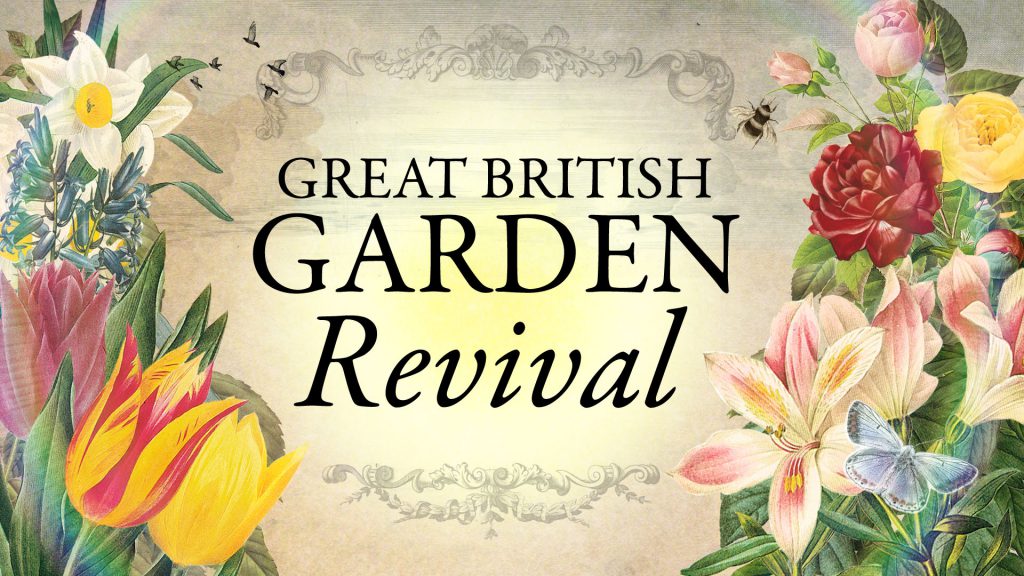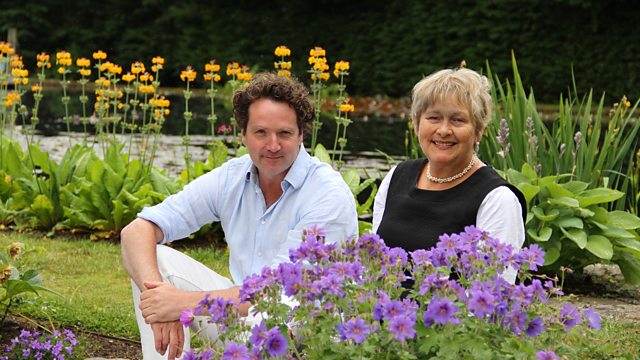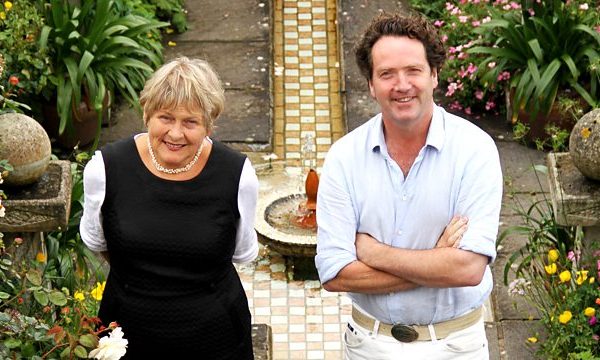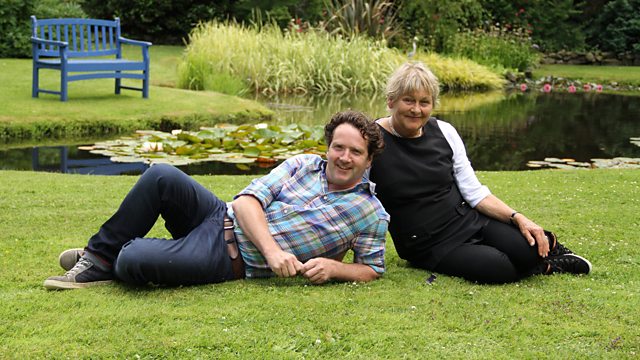Great British Garden Revival episode 6: Diarmuid Gavin wants to use glasshouses to restore a sense of adventure, flair and excitement to gardens. On his campaign, he visits Wentworth Castle in Barnsley to help out with the final stages of the restoration of its elaborate Victorian glasshouse. He gives his guide to greenhouse buying and meets up with passionate allotmenteers in Nottingham who have gone one better and designed and built their own remarkable greenhouses using recycled materials. Diarmuid gives his top greenhouse growing tips, gets to grips with hothouse flowers and explores the wealth of temperate and tropical flora on display at the National Botanic Gardens in Wales.
Matt James thinks that shrubs have been overlooked and ignored for too long. He wants gardeners to rediscover and appreciate the importance of this amazing group of plants. On his journey, he visits a garden in Norfolk where shrubs are the stars of the show and inspires a group of young gardeners at Flatford Mill in Suffolk to plant shrubs in their gardens to encourage wildlife. Matt gives his beginner’s guide to shrubs with the focus on colour, flower power and fragrance. And he shares his top pruning tips to help keep shrubs looking at their best year after year.
Great British Garden Revival episode 6
A greenhouse (also called a glasshouse, or, if with sufficient heating, a hothouse) is a structure with walls and roof made chiefly of transparent material, such as glass, in which plants requiring regulated climatic conditions are grown. These structures range in size from small sheds to industrial-sized buildings. A miniature greenhouse is known as a cold frame. The interior of a greenhouse exposed to sunlight becomes significantly warmer than the external temperature, protecting its contents in cold weather.
Young tomato plants for transplanting in an industrial-sized greenhouse in the Netherlands
Many commercial glass greenhouses or hothouses are high tech production facilities for vegetables, flowers or fruits. The glass greenhouses are filled with equipment including screening installations, heating, cooling, and lighting, and may be controlled by a computer to optimize conditions for plant growth. Different techniques are then used to evaluate optimality degrees and comfort ratio of greenhouses, such as air temperature, relative humidity and vapour-pressure deficit, in order to reduce production risk prior to cultivation of a specific crop.
Shrubs
A shrub (often called a bush) is a small-to-medium-sized perennial woody plant. Unlike herbaceous plants, shrubs have persistent woody stems above the ground. Shrubs can be deciduous or evergreen. They are distinguished from trees by their multiple stems and shorter height, less than 6–10 m (20–33 ft) tall. Small shrubs, less than 2 m (6.6 ft) tall are sometimes termed subshrubs. Many botanical groups have species that are shrubs, and others that are trees and herbaceous plants.
Some definitions state that a shrub is less than 6 m (20 ft) and tree is over 6 m. Others use 10 m (33 ft) as the cut-off point. Many species of tree may not reach this mature height because of less than ideal growing conditions, and resemble a shrub-sized plant. However such species have the potential to grow taller under the ideal growing conditions for that plant. In terms of longevity, most shrubs fit in between perennials and trees; some may only last about five years even in good conditions, others, usually the larger and more woody, may live to 70 or more.
Shrubland is natural landscape dominated by various shrubs; there are many distinct types around the world, including fynbos, maquis, shrub-steppe, shrub swamp and moorland. In gardens and parks, an area largely dedicated to shrubs (now somewhat less fashionable than a century ago) is called a shrubbery, shrub border or shrub garden. There are many garden cultivars of shrubs, bred for flowering, for example rhododendrons, and sometimes leaf colour or shape.
Compared to trees and herbaceous plants, perhaps a relatively small number of shrubs have agricultural or commercial uses. Apart from several berry-bearing species (using the culinary rather than botanical definition), few are eaten directly, and they are generally too small for timber use. Those that are used include several perfumed species such as lavender and rose, and a wide range of plants with medicinal uses. Tea and coffee are on the tree-shrub boundary; they are normally harvested from shrub-sized plants, but these would become small trees if left to grow.





great british garden revival ep 6 is not.. an older episode has been uploaded.
the video is not episode 6, but a replay of episode 4